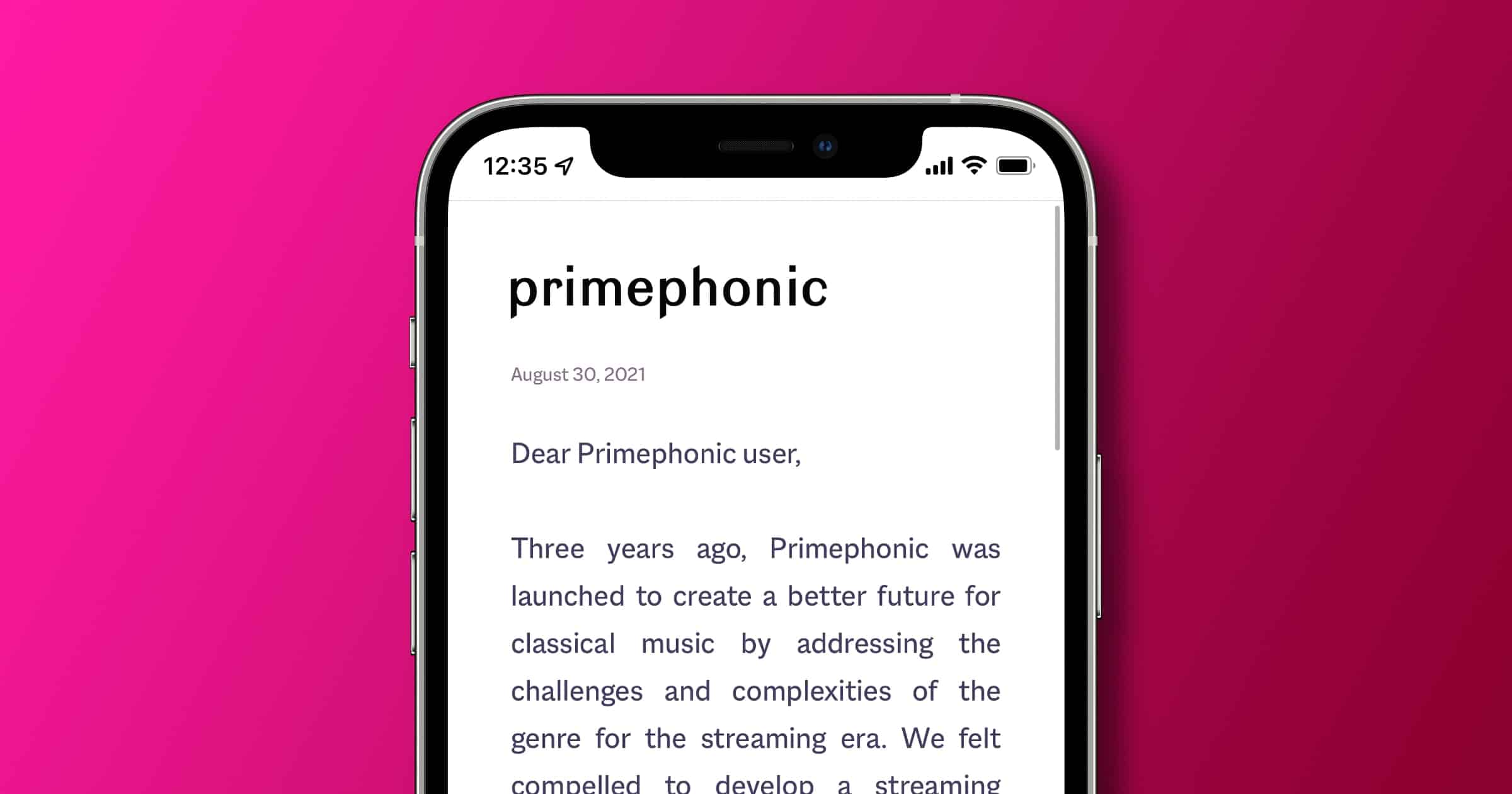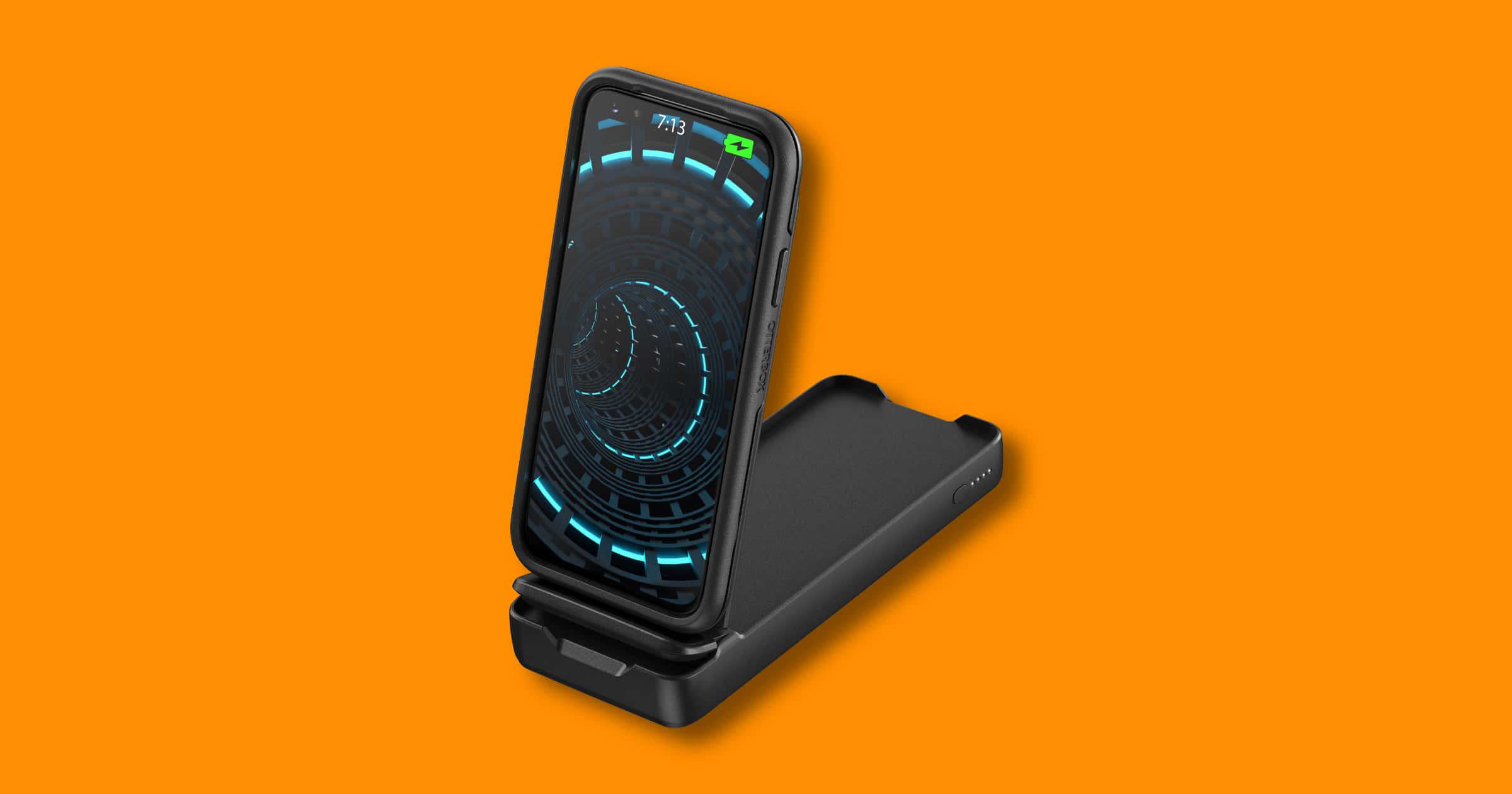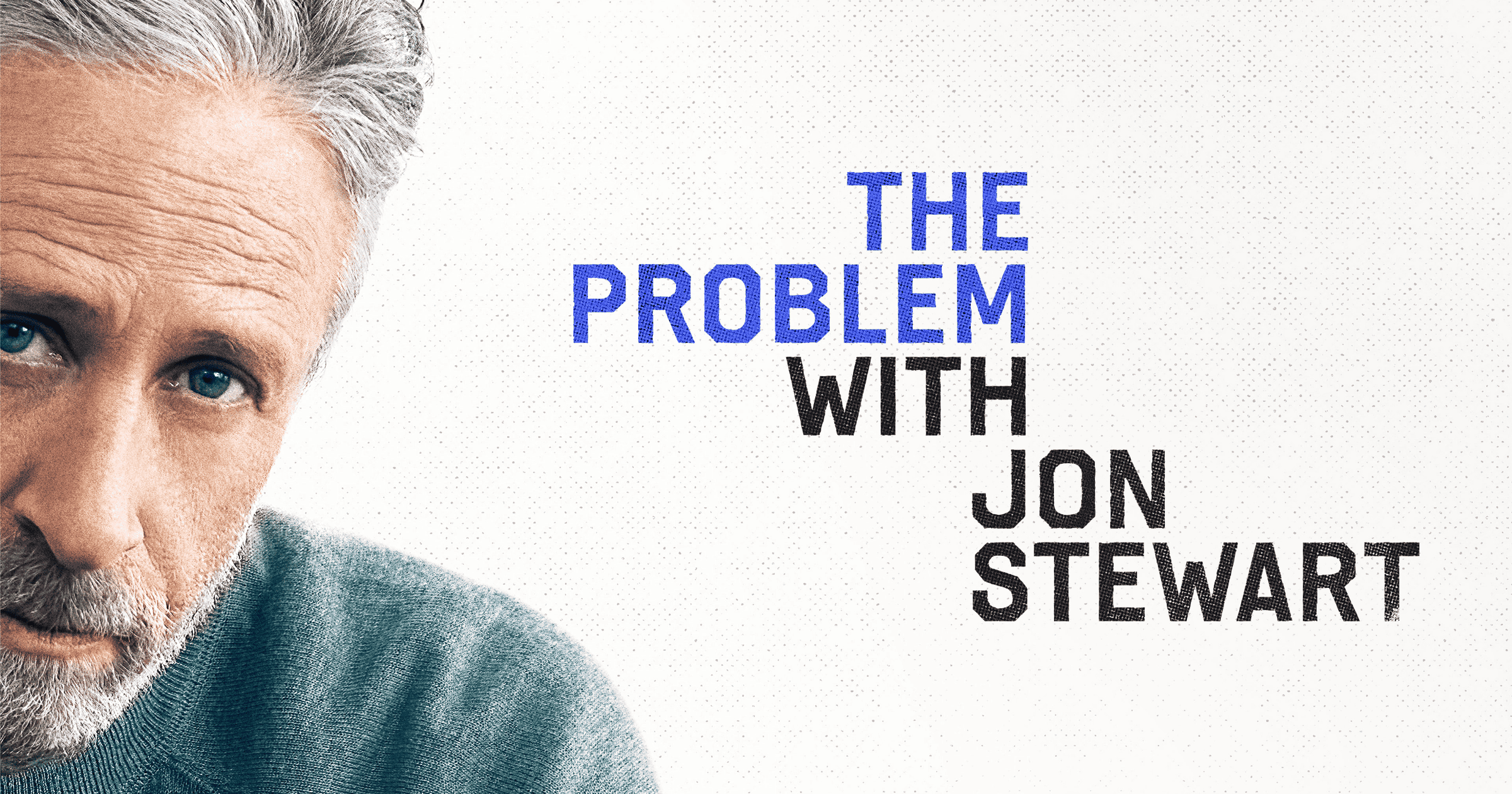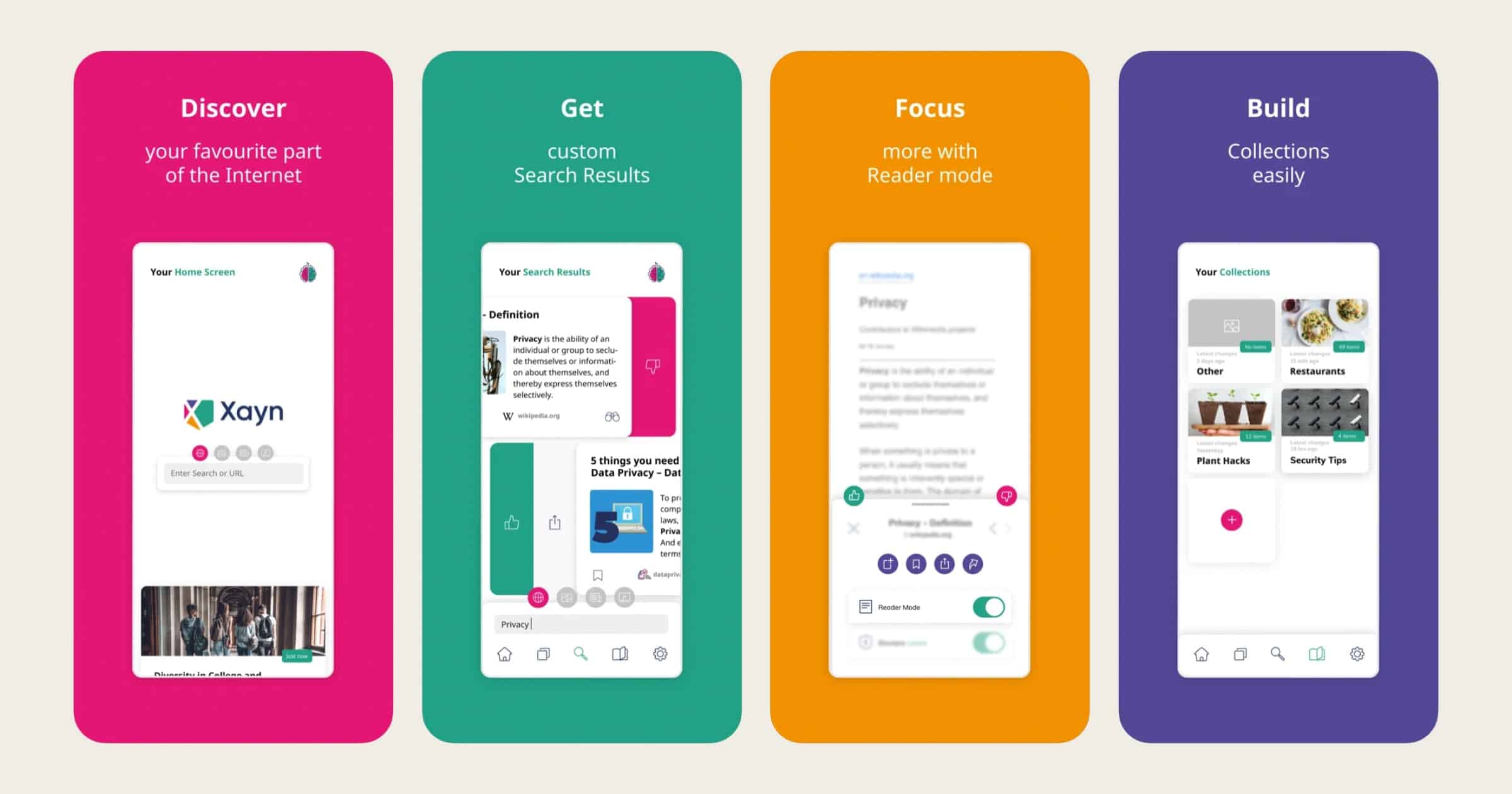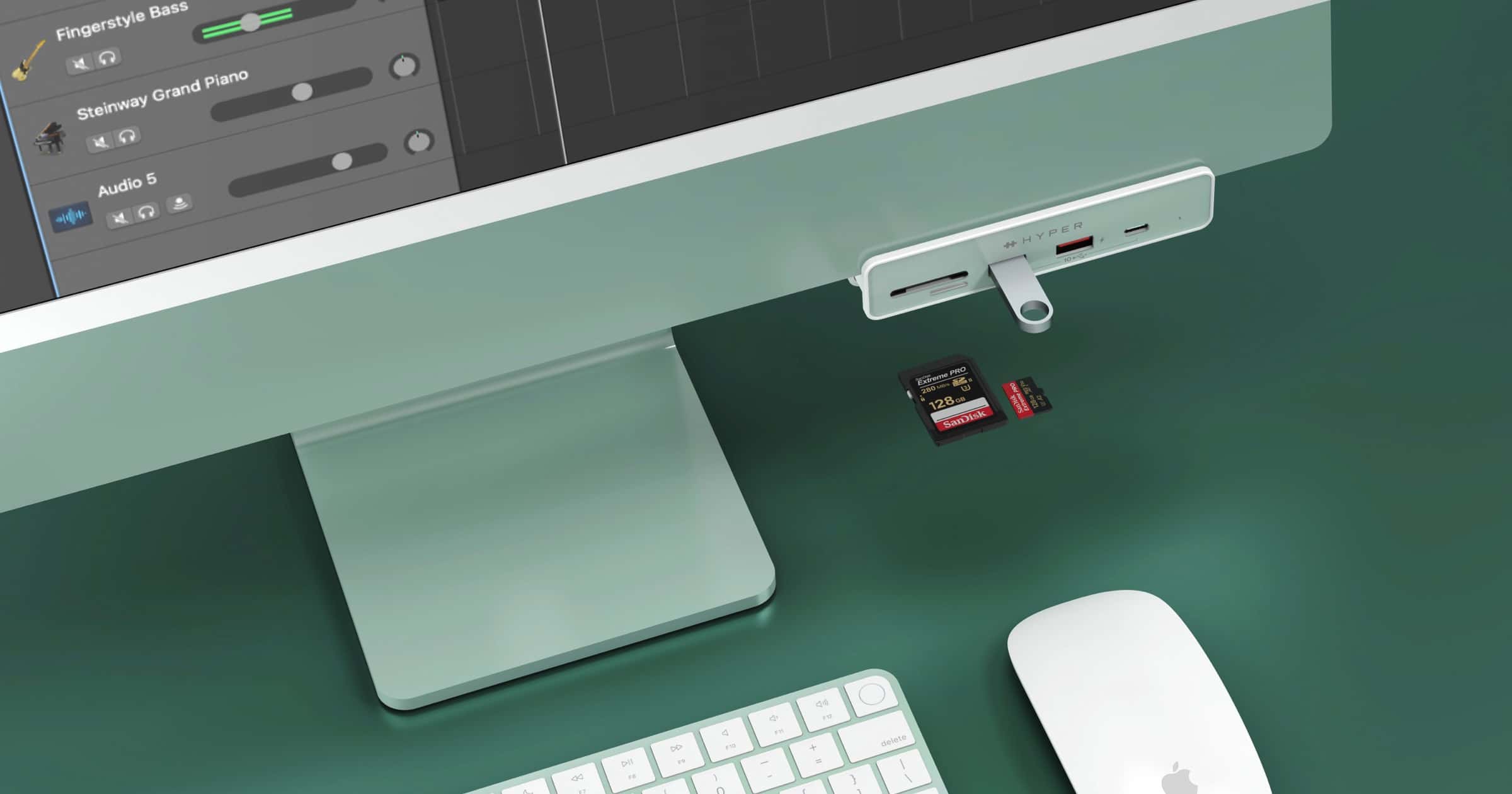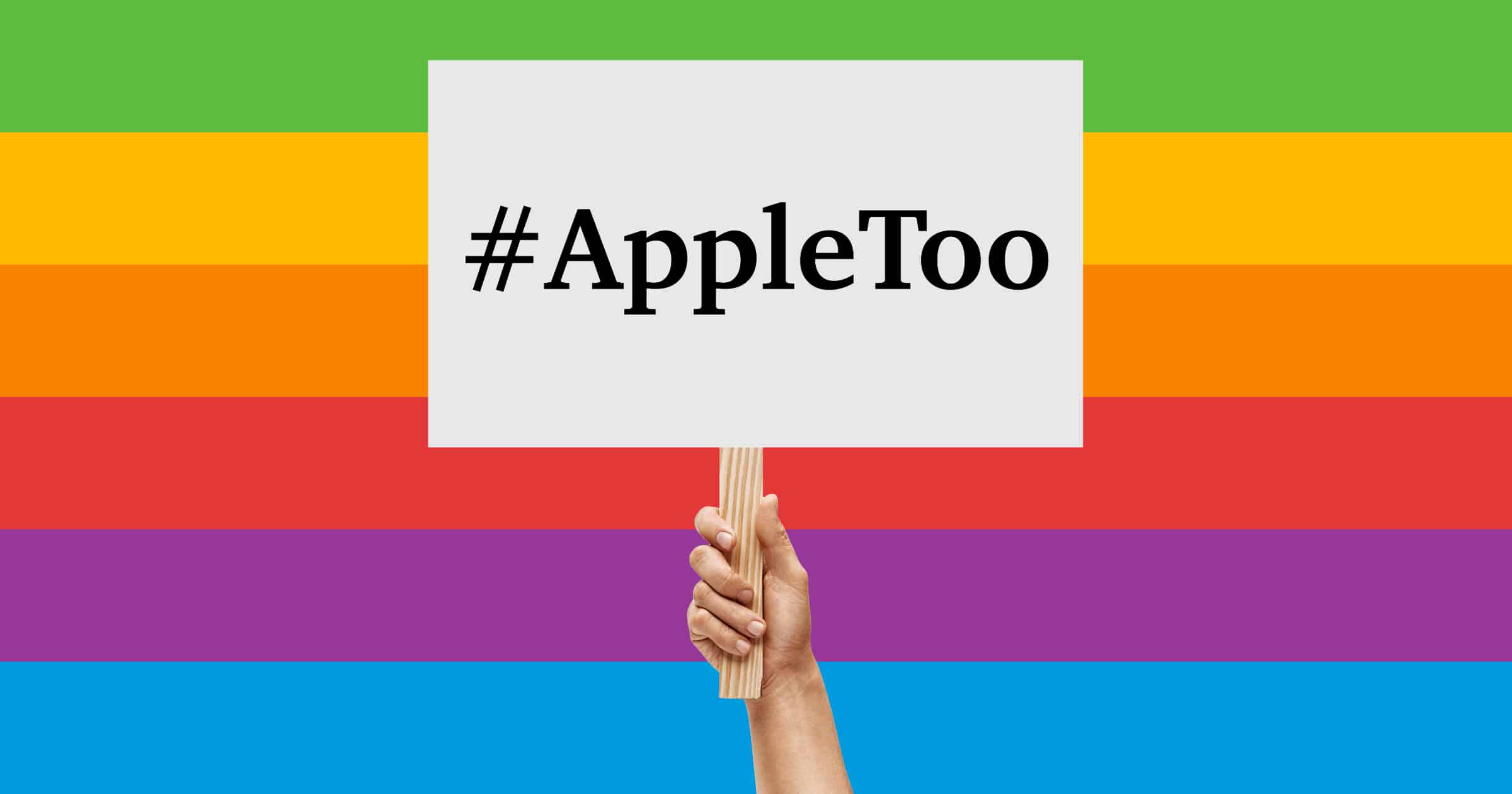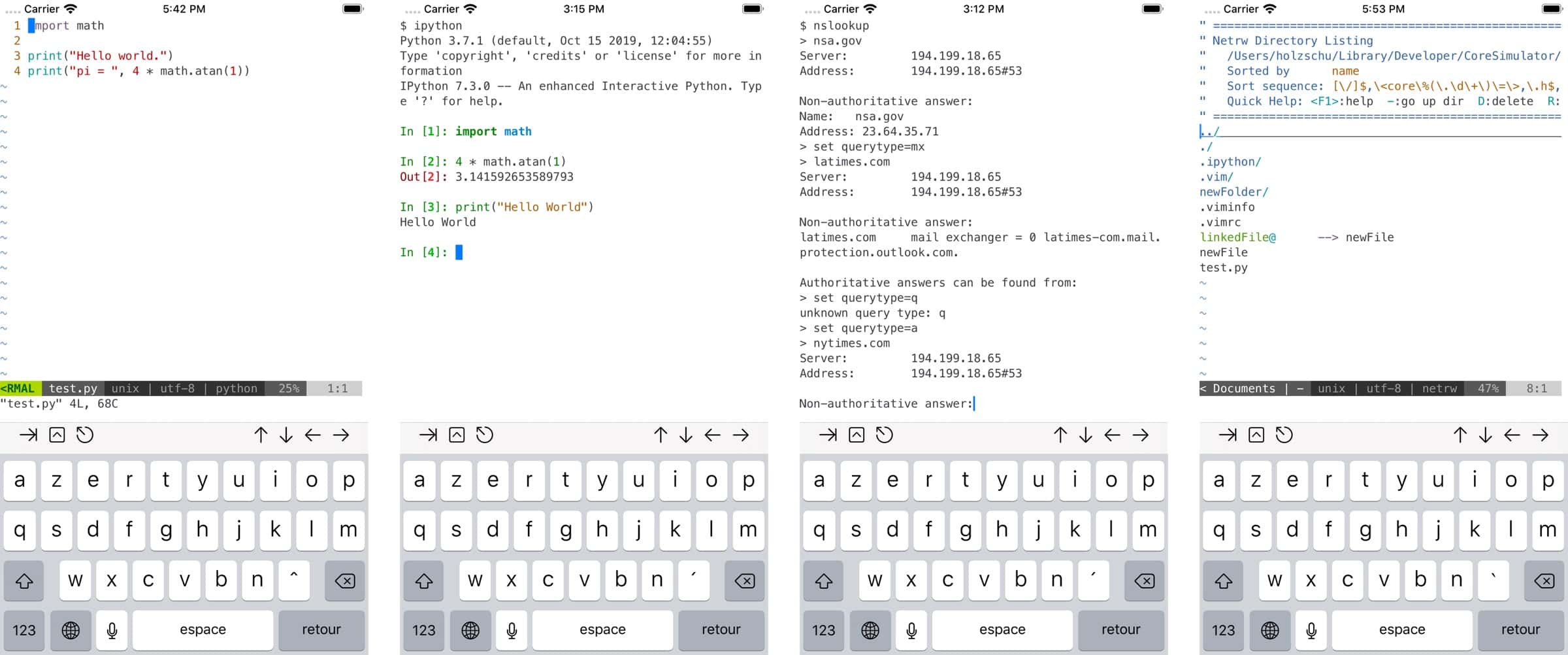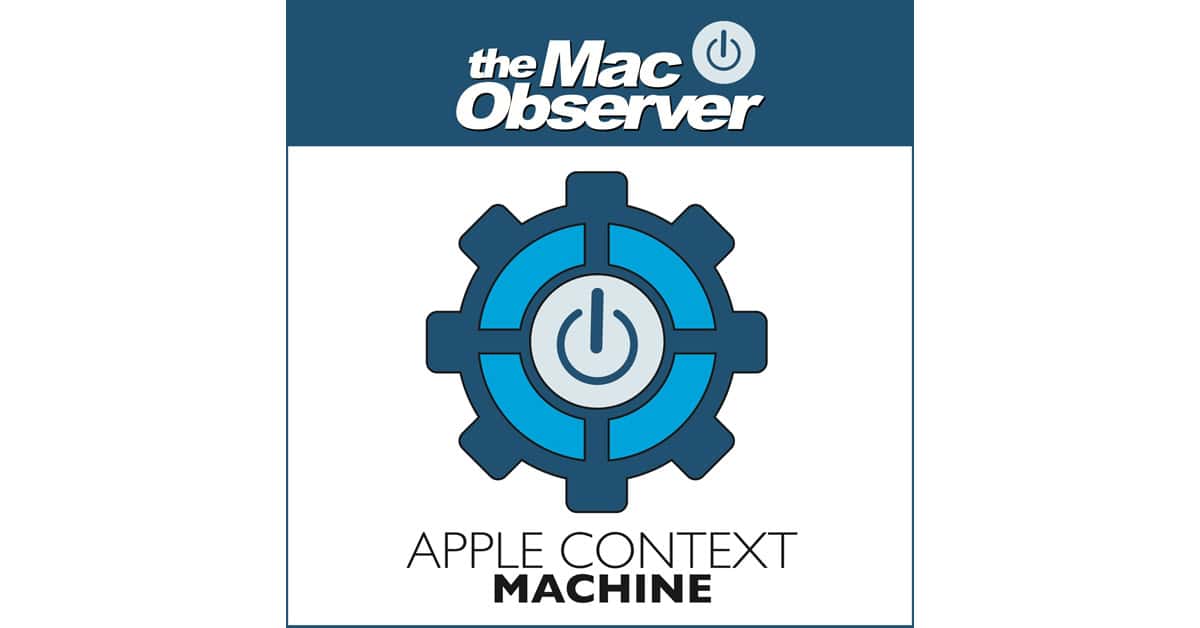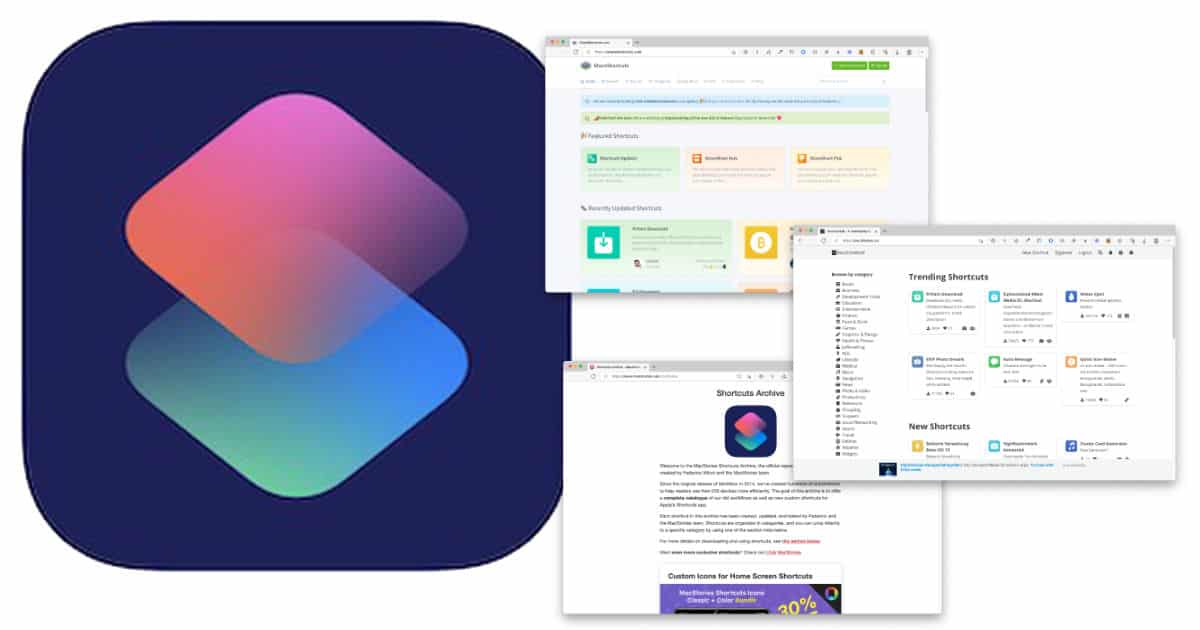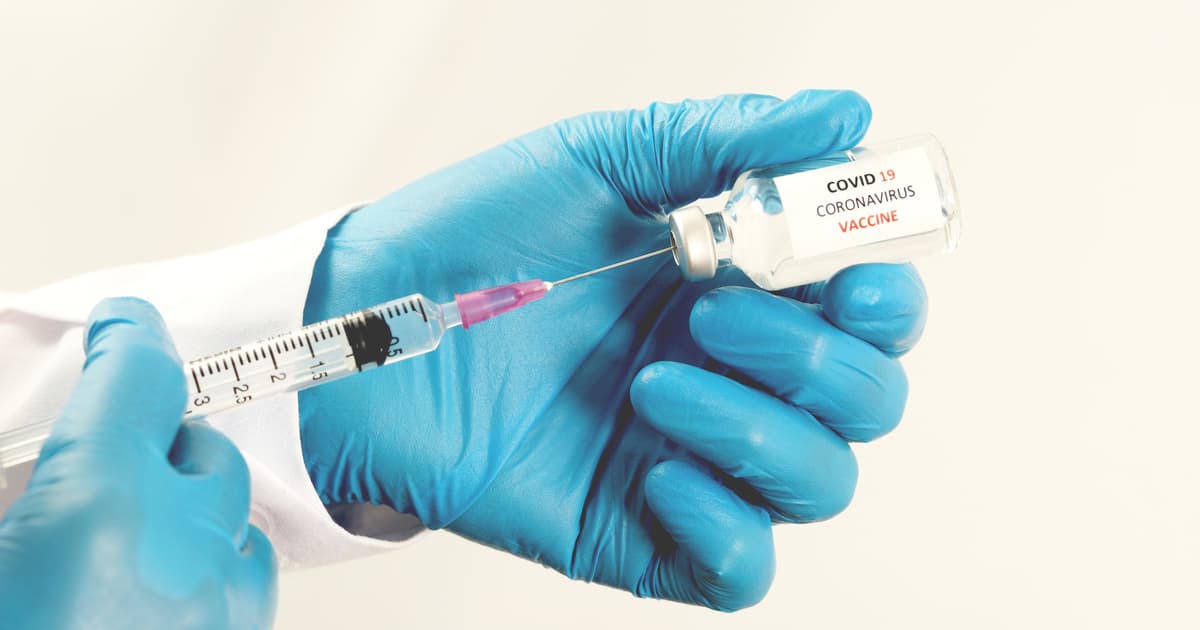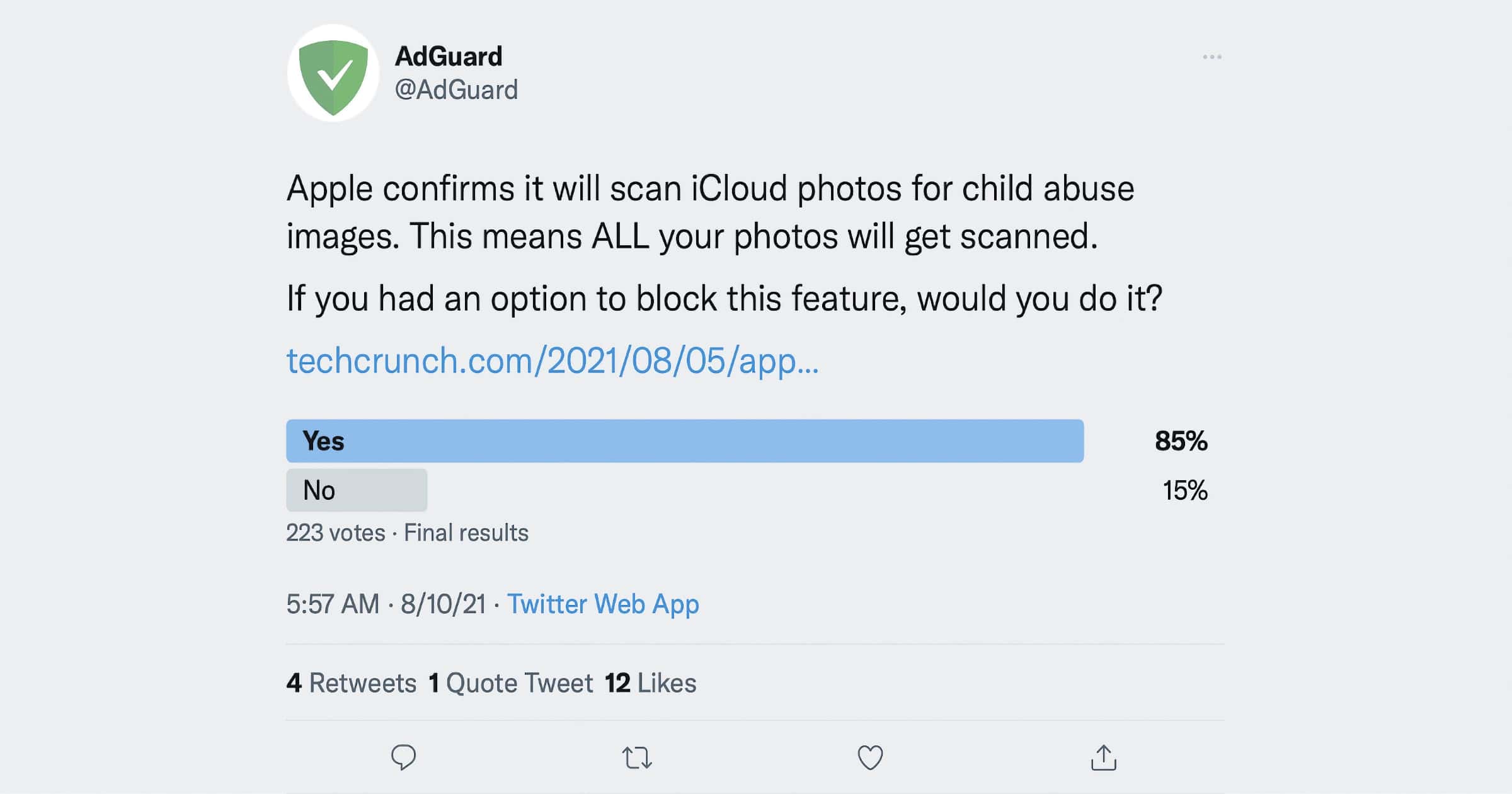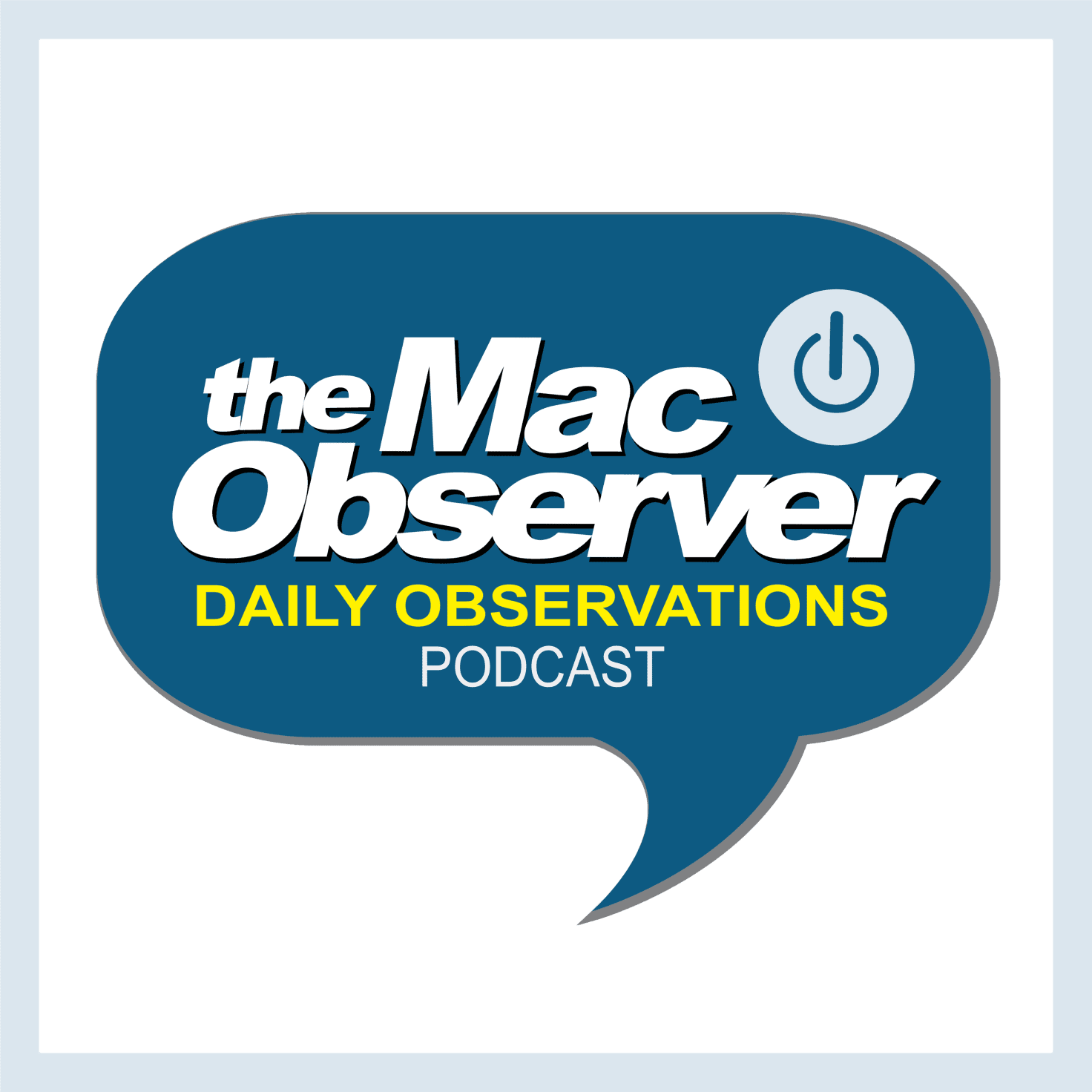We’ve been hearing speculation that the next generation of the iPhone will have a smaller camera notch than current models. Through either an unintentional leak or just a post-production editing mistake, the Ted Lasso audience got a peek of a notchless next-gen iPhone in the August 27 episode. The handset looks like an iPhone 12 from the rear, but images of the screen seem to show iOS 14 wallpaper without the usual cutout from the camera notch.
Apple is notorious for its secrecy, so it seems unlikely that this is a deliberate signal that the notch is disappearing from the iPhone 13. That said, it’s been rumored for months now that the iPhone 13 would have a much smaller notch or a hole-punch selfie camera. However, a completely notchless display isn’t believed to be in the cards for this year’s iPhone.



